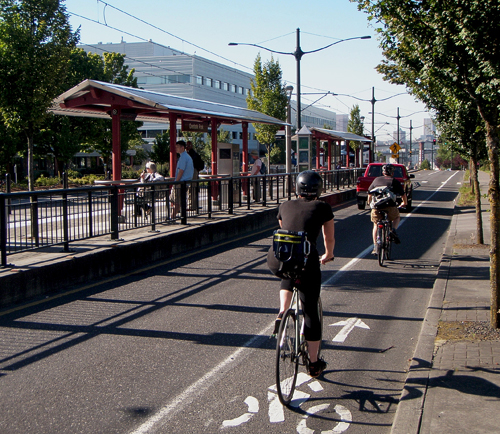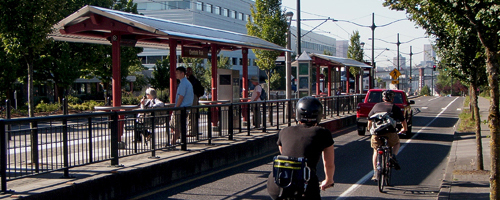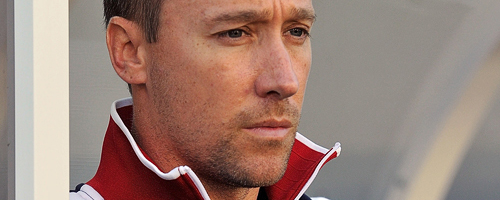As the erratic sunshine begins to creep slowly back into our lives and mornings offer promises of mild days with light gray cast skies to come, it’s about time to bust out the bicycle.
Drips, grit and tension

As the erratic sunshine begins to creep slowly back into our lives and mornings offer promises of mild days with light gray cast skies to come, it’s about time to bust out the bicycle.
However, upon sensing your jubilance at the prospect of a long-awaited ride, dark gray clouds roll in like P-40 Warhawks and give you a heavy strafing in a matter of seconds. Being soaked because of insufficient rain gear is the least of your worries, though—there are plenty of other hazards to keep in mind when out on the newly slicked pavement and fresh mud.
First up: braking. Being able to stop is important for obvious reasons—it allows for laws to be followed and can prevent accidents from happening. If your bike has brake pads, clean them regularly to stave off grit buildup and remove small metal shavings to prevent rim scratches. During rainy weather, get a feel for the change, if any, in braking time. When the brake pads are wet, it can take longer to come to a stop, so be prepared to start pumping the brakes sooner, and avoid locking them.
When wet, surfaces quickly lose their traction, especially metal—manhole covers, streetcar tracks, etc. I’ve found biking on the aforementioned areas to be fairly dangerous, as wheels tend to slip and slide regardless of how careful you are. If the obstacle is unavoidable, pause in your pedaling to simply roll over it. Streetcar tracks are best approached between a 45- and 90-degree angle, 90 being optimal.
The near-daily drips and dribbles in the Northwest create a nice medium for the roads’ dirt and grit to get kicked up onto you and your bike. By regularly clearing off the grit from your bike, brakes and (especially) chain, you can experience a smoother ride and increase the longevity of your bike and its parts. Don’t have the tools? The Bike Hub is a fantastic place to learn how to do it yourself for cheap ($15 per term).
As odd as this may sound, even with all of the city lights on during the night, it can still be hard to see other cyclists and pedestrians. There have been too many times when I’ve been behind another cyclist who didn’t have lights and seen them nearly hit a pedestrian or be clipped by a car. Even if the level of afternoon daylight seems just about adequate, always remember to turn on your lights (a white light in the front and a red in the back, minimum). Safety glasses can also be a tremendous help during a day or night ride, affording the rider complete visibility and blocking rain and wind from hitting the eyes. If you can’t afford safety glasses, you can always dust off those old swimming goggles you have lying around.
Just a few simple precautions can make your journey back into the elements a rewarding one, and will ensure that your fellow cycling enthusiasts have the same opportunity as we move on toward spring. So be safe out there, and enjoy.






